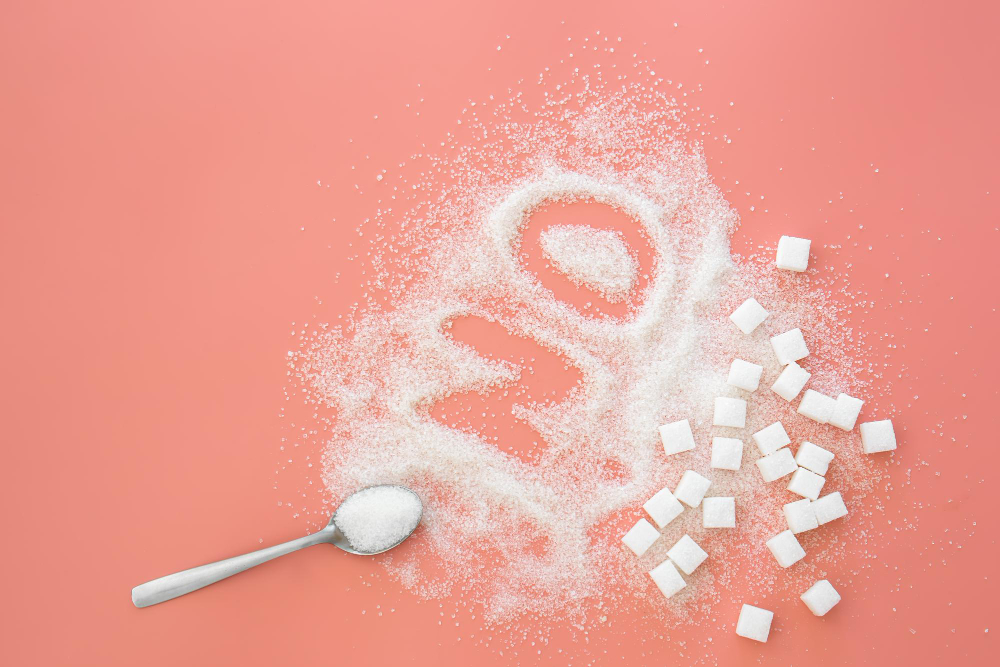Reducing sugars are a category of sugars that possess specific chemical properties, allowing them to undergo certain chemical reactions, particularly with compounds called oxidizing agents. These reactions result in the reduction of other substances while the reducing sugar itself gets oxidized. This unique characteristic distinguishes reducing sugars from non-reducing sugars, making them essential components in various biochemical processes and culinary applications.
Chemical Composition and Structure
Chemically, reducing sugars are defined by the presence of certain functional groups, namely aldehyde or ketone groups, which are capable of undergoing oxidation reactions. Common examples of reducing sugars include glucose, fructose, maltose, and lactose. Glucose and fructose are monosaccharides with aldehyde and ketone functional groups, respectively, while maltose and lactose are disaccharides composed of glucose and other monosaccharides.
Role in Biological Processes
Reducing sugars play crucial roles in biological processes, serving as primary sources of energy for cellular functions. Glucose, for instance, is a vital energy substrate utilized by cells for ATP production through processes such as glycolysis and cellular respiration. Fructose, another common reducing sugar, is metabolized in the liver and converted into glucose or stored as glycogen for later use. Additionally, reducing sugars participate in the formation of glycoproteins, glycolipids, and other essential biomolecules.
Chemical Reactivity and Browning Reactions
One of the distinctive properties of reducing sugars is their reactivity with amino acids, particularly during heating or cooking processes. This reaction, known as the Maillard reaction, leads to the formation of characteristic flavors, aromas, and brown pigments in various foods, including bread, cookies, and roasted meats. The Maillard reaction occurs between the carbonyl group of reducing sugars and the amino group of amino acids, resulting in the formation of a complex mixture of compounds responsible for the desirable sensory attributes of cooked foods.
Analytical Methods for Detection
Several analytical methods are employed to detect and quantify reducing sugars in food and biological samples. One common method is the Fehling’s test, which involves the oxidation of reducing sugars by a copper(II) ion complex, resulting in the reduction of copper ions to copper(I) oxide, which precipitates as a red or orange solid. Another method is the DNS (3,5-dinitrosalicylic acid) assay, which relies on the reduction of DNS by reducing sugars to form colored products that can be quantified spectrophotometrically.
Importance in Food Industry
Reducing sugars play vital roles in the food industry, contributing to the flavor, color, and texture of various food products. They are widely used as sweetening agents, bulking agents, and fermentation substrates in the production of beverages, baked goods, confectionery, and dairy products. Additionally, reducing sugars serve as preservatives, humectants, and browning agents, enhancing the sensory properties and shelf life of processed foods.
The Versatile World of Reducing Sugars
In conclusion, reducing sugars are integral components of biochemical processes, culinary arts, and food technology. Their unique chemical properties, reactivity, and role in browning reactions make them indispensable in various applications, from energy metabolism in living organisms to flavor development in cooked foods. Understanding the chemistry and functionality of reducing sugars provides insights into their diverse roles in biological systems and the food industry, shaping the sensory experiences and nutritional quality of the foods we consume.



